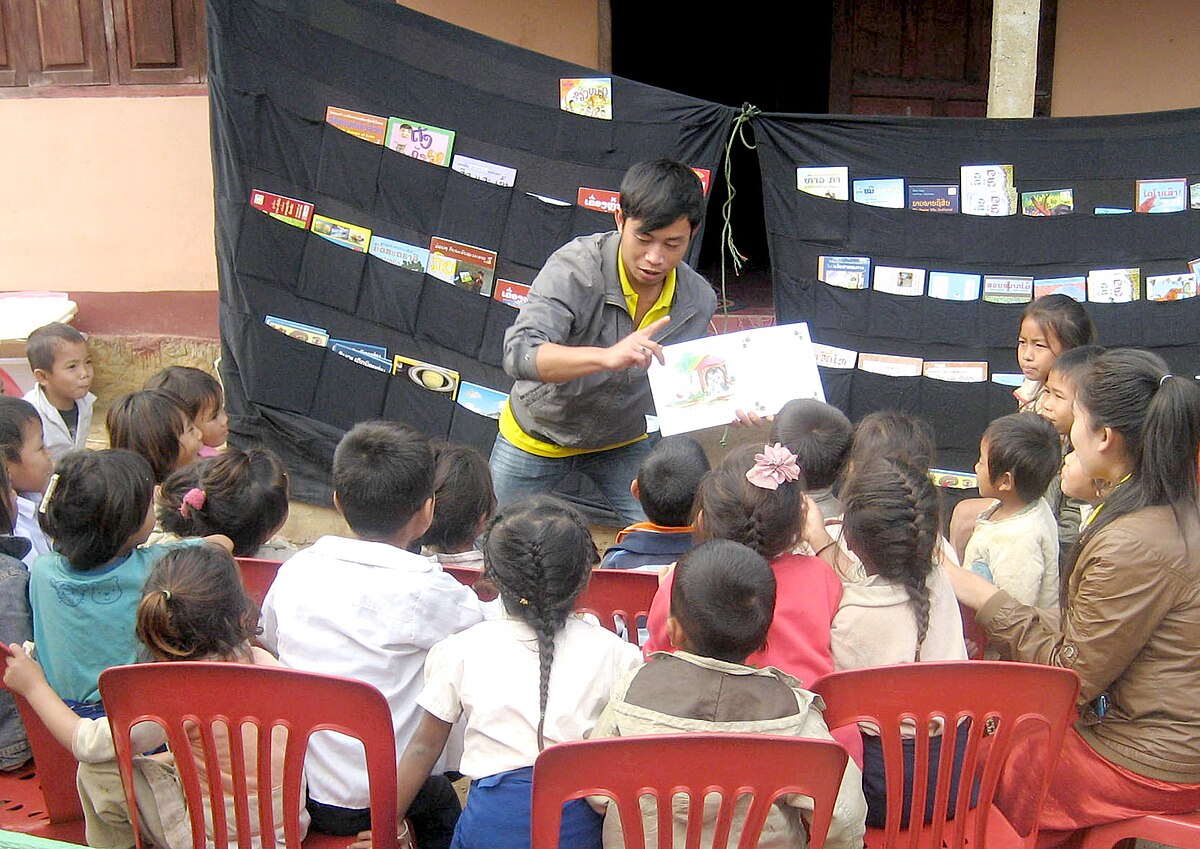 The Big Six
The Big Six
In 2011, Deslea Konza wrote a series of papers entitled Understanding the reading process. She identified six major components for the effective teaching of reading and called them The Big Six. They included:
- Oral language
- Phonological awareness
- Phonics
- Vocabulary
- Fluency
- Comprehension
Konza (2011) stated that although reading is difficult to reduce to a small number of components, the big six was one way of synthesising the major findings of an enormous number of empirical studies into the components of an effective reading program.
The following blog is a brief summary of her first component from her original paper and supporting paper on Oral language.
Oral Language
 Oral language is important for both reading and writing. Children who have been immersed in rich and increasingly complex conversations will have the advantage of increased vocabulary development, understanding language structure and the ability to tune in to the sounds of the English language. Competency with oral language is necessary for understanding language at a printed level as oral language will help develop strong vocabulary, strong grammatical skills and an ability to reason and infer.
Oral language is important for both reading and writing. Children who have been immersed in rich and increasingly complex conversations will have the advantage of increased vocabulary development, understanding language structure and the ability to tune in to the sounds of the English language. Competency with oral language is necessary for understanding language at a printed level as oral language will help develop strong vocabulary, strong grammatical skills and an ability to reason and infer.
It is also important for children to have experiences with books and other forms of print. Awareness of how marks on a page represent language develops from a very young age and this comes about from watching people read and write both for pleasure and other purposes and having stories and books read to them.
Oral language abilities are linked to the development of early reading skills and to reading in the middle years of primary school. Oral language positions the child as an active, literate oral language learner and prepares him or her for the challenge of learning to read (Konza, 2011).
What do we do for students who don’t have the benefit of a language-rich and print-rich environment? These students will be further disadvantaged if this is not recognised and acknowledged by the school. As Konza (2011) states all young children need a stimulating language environment at school, but for children from these less literacy-rich backgrounds, the need is urgent and paramount.
General principles regarding oral language development
- Refer children for assessment if speech and language delays are significant – a hearing assessment and a referral to a speech pathologist if speech or language is delayed or different from peers.
- Build oral language across all year levels – oral language proficiency assists with relationships, communication, business and personal lives and employment. Teachers can continue to assist students become more articulate and sophisticated users of language.
- Allow wait time – waiting at least 3-5 seconds gives children thinking time (OWL – observe, wait, listen)
Teacher language
- Model clear and correct use of oral language.
- Monitor student understanding.
- Adjust language according to student need.
Teaching strategies
- Teach active listening- active listening requires selective and sustained attention, working memory, cognitive processing and information storage and recall mechanisms. Barrier games and story grammar activities help to develop active listening and for older students, teaching note-taking skills from oral input.
- Build on student language – elaborate by adding new information, extend through questioning, reinforce through repetition, model self-talk, taking turns, eye contact and appropriate social distance.
- Build oral language development into daily routines and classroom activities – do this during roll call, transition time, collection of materials, giving of instructions.
- Provide opportunities for social interaction – Oral language develops better through one-on-one conversations with a better language user. Who is doing the talking in your classroom? Students need as many opportunities as possible to engage in discussions and conversations – pairs, small groups, parents, volunteers, aides.
- Explore books together – reading narrative texts provides oral language support for both younger and older children. Picture books can stimulate language and promote a rich discussion of ideas.
- Model thinking processes through ‘think alouds’ – the more difficult the problem the more likely we are to articulate our thinking processes as we search for a solution – modelling self-talk is very useful for problem solving and for managing emotions.
- Consider the language demands of each lesson – need to explicitly teach the new vocabulary and other elements of language.
- ‘Correcting’ children’s communication – most effective response is to model the correct way without explicitly pointing out the error.
Konza (2011) concluded that to help develop these critical skills, it is important to:
- engage in conversations with children as often as possible.
- provide as many opportunities for discussion and conversation with other fluent speakers.
- explore books together.

By Blue Plover – Own work, CC BY-SA 3.0, https://commons.wikimedia.org/w/index.php?curid=26109345

